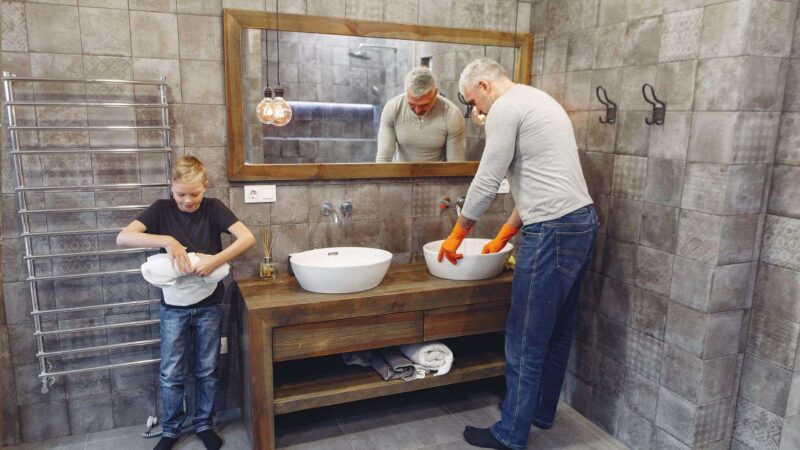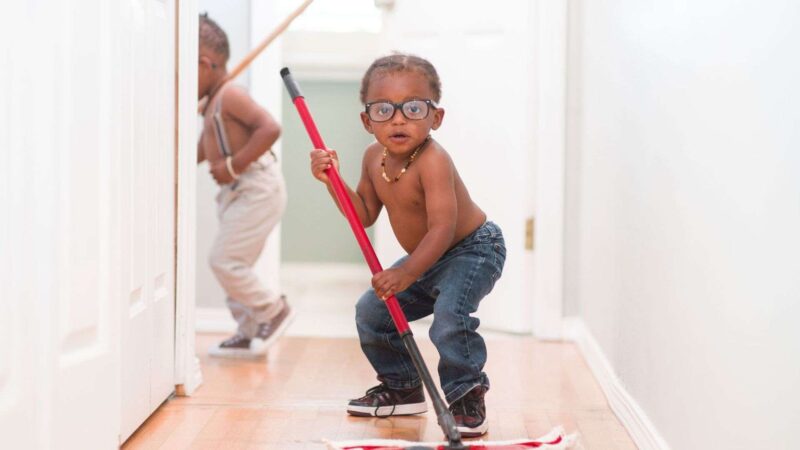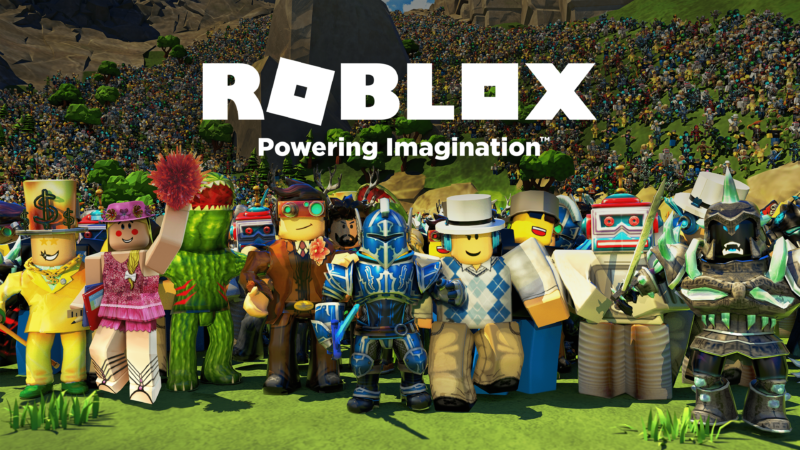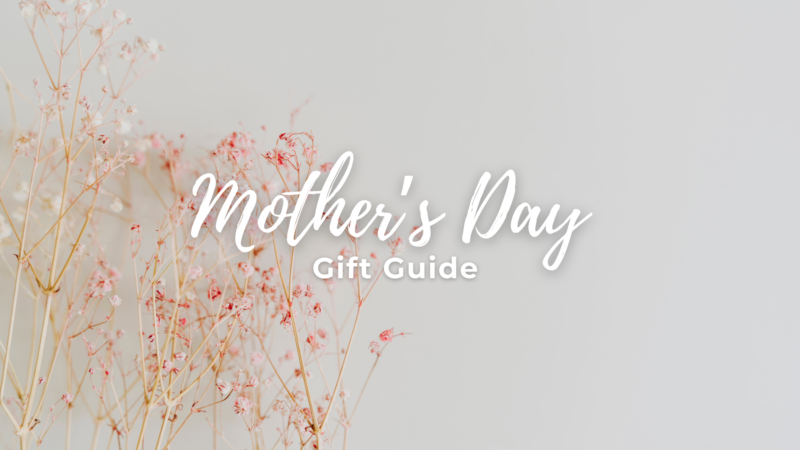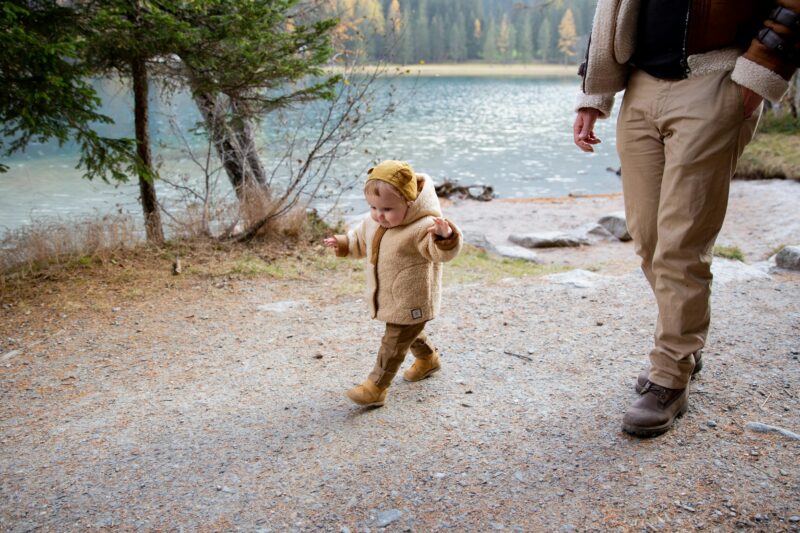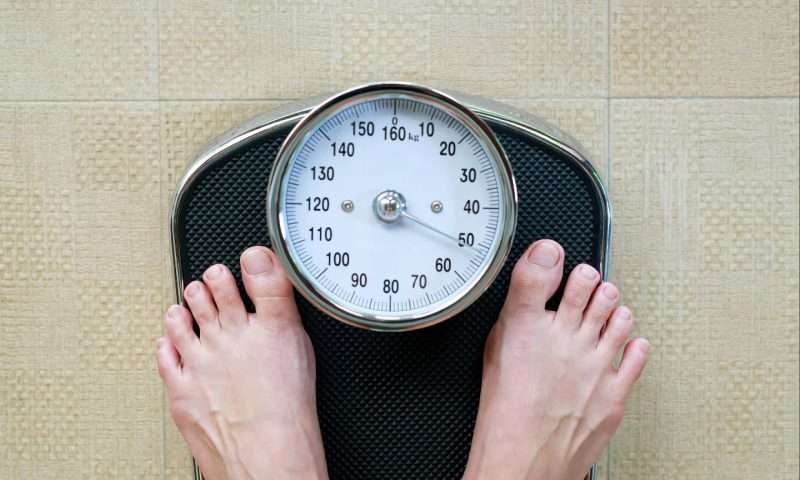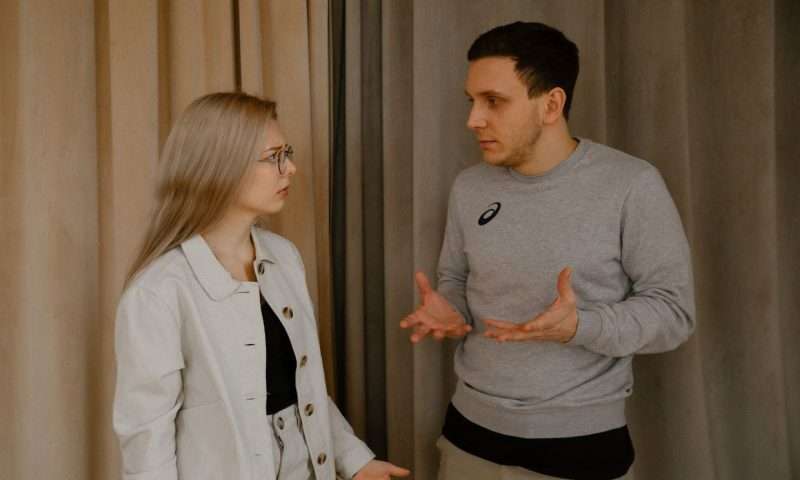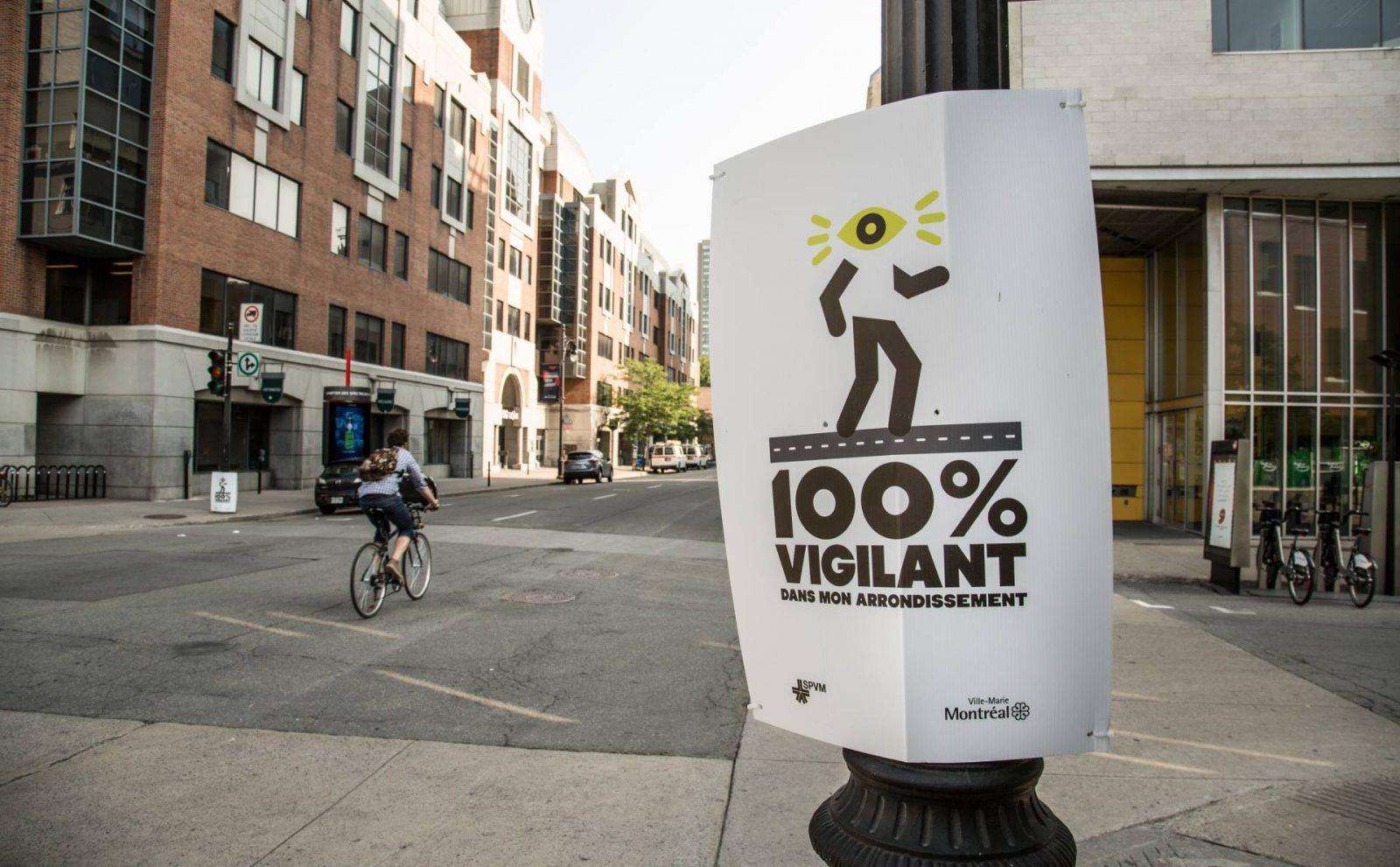
What is situational awareness and how can it help you be prepared as a father? Just a few simple steps could make all the difference, if the worst happens. Are you aware of what’s happening right now?
We live in a vastly different world from that of our parents and grandparents. We have so many more people around us then they ever did. Between 1900 and 2000 the increase in world population was three times greater than the entire previous history of humanity– an increase from 1.5 to 6.1 billion in just 100 years.
With this increase in population comes an increase with the number of people we are surrounded by. And the larger the crowd, the higher the risk of some negative event occurring.
As parents, we are constantly bombarded with the “What if” thoughts. What if she wanders off at the store? What if he misses the bus home? What if this, what if that, what if they. It’s a non-stop internal dialogue some people think is the normal reaction of a concerned parent. And maybe it is, I don’t know for a fact.
But what I do know is that while that dialogue is going on you aren’t paying attention; or you aren’t paying as much attention as you could be. What a lot of us are lacking is a little thing that makes a huge difference: Situational Awareness.
Why is Situational Awareness important? Because it will not only enable us to be more cognizant of our children and what they are doing, but what environment we find them and ourselves in. It will help us avoid situations that have the potential to become significant negative events, and help us keep our loved ones, and ourselves, safe.
Situational Awareness is defined (somewhat convolutedly) as: “the perception of environmental elements and events with respect to time or space, the comprehension of their meaning, and the projection of their status after some variable has changed, such as time, or some other variable, such as a predetermined event.”
Wow. That’s a headache. But in short, it means paying attention to what is going on around you and how it can, or does, or will, affect you. Its seeing the potential for something before it happens, and the capacity to be proactive rather than reactive.
So, lets pull our eyes off our phones for a bit (unless you are reading this on your phone, then by all means, please continue) and let’s learn about Cooper’s Colours of Mental Awareness. Quick side note, being a colour based system, this can be a lot of fun to teach to the kids; not just for us parents.
Cooper’s Colors are based on the system designed by United States Marine Corps veteran Jeff Cooper for teaching the use of the handgun as self-defence tool. The colour code itself has nothing to do with weapons, tactical situations, or alertness levels; but rather with one’s state of mind. As he wrote in his book “Principles of Personal Self Defense”, the primary tool of self-defence is not the weapon or the martial skill one possesses, but the state of mind one finds themselves in.
The colours range from white to red, and each describes a varying level of awareness of one’s surroundings. As you move from one colour level to another, you begin to prioritize information about your environment differently, and begin the important task of recognizing potential threats and pitfalls that could cause harm; be that physical or even just to our daily schedule.
The White Stage
So… let’s begin. The first stage is the “White Stage”. This is unaware and unprepared. If anything happens while you are in Condition White (looking at the TV in the store, on your phone reading this article, walking with your head down and looking at the ground, etc.), the only thing that may save you is the fact that whoever is responsible for the event is completely inept.
When confronted by something or someone, your first reaction will probably be something like “What the heck?!! This can’t be happening to me / us / my kid.” This is the stage kids exist in most often: focused solely on the activity they find themselves in and not paying attention to the world around them. Unfortunately, this is where most adults exist as well. Cell phones are a big culprit here.
Yellow Stage
From White we move to the “Yellow Stage”. Yellow is where I spend a lot of my time. In Yellow, you should be relaxed and alert. No specific situation should have your attention. In your head, you should be thinking along the lines of “Today I may need to react quickly to get my family out of a risky situation”. To put it simply, you are aware that the surrounding environment has the potential to become a place that you don’t want to find yourself or your family in and you are prepared to react if you need to.
Use your eyes. Use your ears. Pay attention to smells. This is where you should be if you are in unfamiliar surroundings or among people you don’t know; parks, the grocery store, the mall, vacations, etcetera. Take in the surrounding environment. Watch people. Be relaxed, but observant. Try and know where you are in relation to doors and exits.
It can be difficult at first, but it is actually pretty easy to be in this stage for extended periods. And the more you practice, the easier it becomes. This is a good stage to teach your kids to be in. A good game I have found is to see if they can point to all the doors around them while only looking at you. Or take turns quizzing each other: “What colour was the man’s hat who just came through the door?” “What colour was the car that pulled out behind us when we left the park?” and so on.
Orange Stage
After Yellow comes Orange. Now this is where it stops becoming a game, and becomes something else. Something has caught your attention, maybe. Or something is causing the hairs to stand up on the back of your neck, or you just have a feeling something isn’t quite right. That’s fine. That’s good, actually. Our instincts are much better than we tend to give them credit for.
Even if you don’t consciously know what has “tripped your alarm”, don’t worry. Your brain is processing A LOT more information than you realize, so “trust your gut”. And trust your children’s reactions as well. If they come up to you and say they don’t feel comfortable, or the store scares them; believe them. Kids are incredibly adept at picking up danger. Let them show you something you may have missed.
This is the stage where you start planning. “If X happens, then we will react with Y.” You may or may not have a specific situation in mind, but your prepared to react if the need arises. This is also the first stage where you may simply decide it is best to just walk away and remove you and yours from the situation entirely.
It must be noted that in the Orange stage, it is easy to get tunnel vision and focus solely on what you perceive as a threat. Pay attention, and don’t get distracted. Stay in Orange for as long as you need to in order to thoroughly assess the situation or leave, and then move your mind back to Yellow.
Red Stage
After Orange comes Red. Remember when you planned “If X happens, then we will Y”? Well, the X has hit the fan in the Red Stage. You are now presented with an imminent threat, and your plan from Orange is now in effect. You have acknowledged the treat and are responding accordingly. Your response can be a simple as picking up your child and moving quickly to an exit, or as profound as physically imposing yourself between your child and the threat. Whatever has led you to this point, this is the stage where you react. Red is the stage biologists call “fight or flight”.
Your advantage here is that you have mentally progressed through the previous stages, so the typical biological threat-responses of adrenaline and breathing fast are not coming onto you so suddenly you are overwhelmed; but these things will happen at this stage. Adrenaline will cause you to breathe faster, you may get tunnel vision, it may become difficult to hear. But you must keep in mind what is happening, and react appropriately to the threat.
Remember, our main goal here is to keep our kids and ourselves safe. Removing them and you from the situation is almost always the best option, but all situations are unique, so trust yourself to make the best judgement you can.
That is Situational Awareness in a nutshell. It’s not a catch-all to make you Super Dad, but it is an important tool to have in the parenting tool box. And this isn’t meant to say that everywhere you go you should be on a constant state of alert. It’s simply a way of teaching yourself to pay attention. Knowing what is going on around you can give you the luxury of a few precious seconds that can make all the difference in the world. And where the safety of our children is involved, we should use all the tools we have at our disposal.


